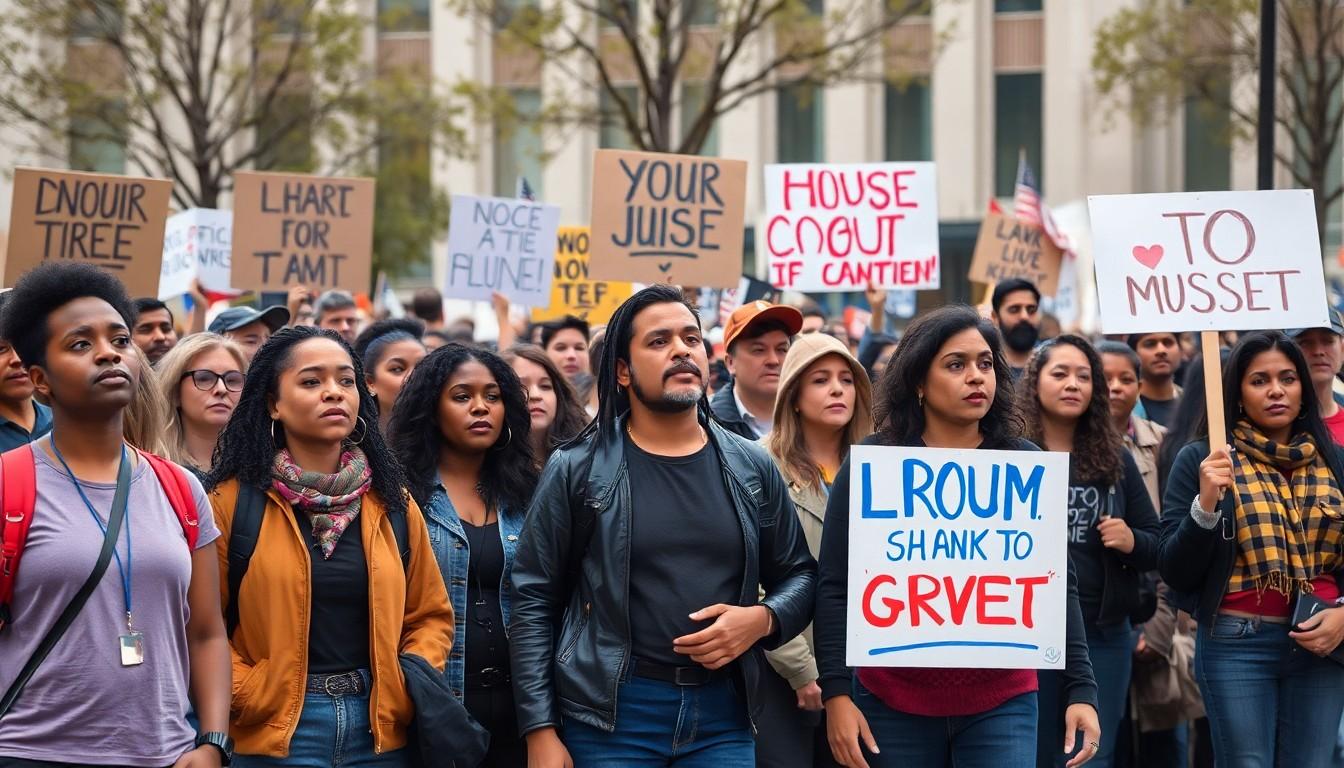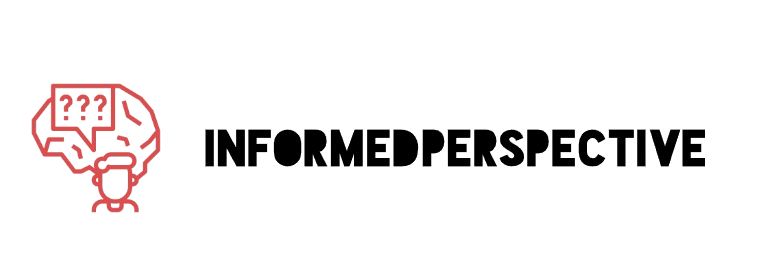The Best Fluffy Pancakes recipe you will fall in love with. Full of tips and tricks to help you make the best pancakes.

Political Tension: Unraveling the Dynamics Behind Today’s Divisive Society
In a world where political tension can feel as common as your morning coffee, it’s hard to ignore how it seeps into everyday life. From heated debates at family gatherings to social media spats that make reality TV look tame, the stakes have never been higher. But what’s behind this growing divide?
Political tension isn’t just a buzzword; it’s a complex dance of power, ideology, and a sprinkle of drama. Whether it’s a debate over policy or a clash of personalities, understanding these dynamics is crucial. So buckle up as we dive into the whirlwind of political tension and explore what makes it tick—and why it might just be the most entertaining show in town.
Understanding Political Tension
Political tension permeates everyday life, manifesting in various interactions and discourses. Recognizing its complexity proves essential for grasping its impact on society.
Definition and Significance
Political tension refers to the strain between different political ideologies, groups, or individuals. This strain can emerge in discussions, debates, or broader socio-political contexts. It often reflects deeper societal divisions, representing conflicting values that drive individuals apart. Recognizing this significance aids in understanding contemporary issues and the motivations behind political behaviors. Political tension encourages critical thinking and engagement, prompting individuals to question their beliefs and reassess their perspectives.
Historical Context
Political tension has a rich history, influencing societal dynamics repeatedly throughout time. In which political movements arose from hostility and division, revolutions often broke out, reshaping nations. The rise of political parties introduced competition, fostering tension as conflicting ideals clashed. Each era has its unique experiences; for instance, the Cold War exemplifies global political tension, resulting in widespread ideological divides. Understanding historical context highlights the cyclical nature of political tension, revealing how past conflicts inform present dynamics and ongoing struggles.
Causes of Political Tension

Political tension arises from various interlinked factors that influence societal dynamics. Economic disparities, social complexities, and contrasting ideologies contribute significantly to this tension.
Economic Factors
Economic factors often serve as a catalyst for political tension. Income inequality frequently breeds resentment between different societal groups. High unemployment rates can lead to frustrations towards governing bodies. Fluctuating markets create instability, amplifying fears and uncertainties among the populace. Fiscal policies that favor one demographic can generate backlash from others, exacerbating the divide. Rises in the cost of living trigger discussions about wealth distribution, creating friction among competing interests.
Social and Cultural Influences
Social and cultural influences play a critical role in fostering political tension. Diverse populations with varying beliefs can clash over values and priorities. Societal issues, such as racial equality and gender rights, bring underlying tensions to the forefront. Media portrayals often shape perceptions, influencing public opinion and stoking conflict. Cultural identities can mobilize groups, leading to confrontations with contrasting perspectives. Disparities in access to education and resources deepen divides, heightening feelings of injustice.
Political Ideologies
Political ideologies drive much of the friction found in political discourse. Fundamental differences in beliefs about governance can ignite intense debates. Liberal and conservative viewpoints often clash over the role of government, individual rights, and economic management. Extremist ideologies can polarize discussions, diverting attention from moderate perspectives. Partisan loyalty can result in echo chambers, reinforcing divisive narratives. Miscommunication and misinformation further exacerbate tensions, leading to an increasingly fractured political landscape.
Effects of Political Tension
Political tension significantly affects both governance and society. Understanding these impacts is crucial for navigating contemporary political landscapes.
Impact on Governance
Governance often suffers under heightened political tension. Decision-making processes can become gridlocked as leaders prioritize party loyalty over effective solutions. Policy-making frequently reflects the divisions within legislatures, leading to partisan conflict and stalled initiatives. Furthermore, public trust in institutions diminishes amid ongoing tensions, increasing skepticism about governmental motives. Several studies suggest that prolonged political strife correlates with lower voter engagement and participation in democratic processes. Such disengagement can result in a lack of accountability for elected officials, exacerbating issues within governance.
Influence on Society
Society bears the brunt of political tension, impacting daily interactions and community dynamics. Social divisions often deepen, with individuals aligning closely with like-minded groups. This polarization can manifest in increased hostility during public discourse and social media conversations. Research indicates that heightened political tension correlates with rising incidents of violence, including protests and civil unrest. Cultural events and social institutions also experience strain, as differing viewpoints can lead to conflict in community activities. An atmosphere of distrust and division can hinder collaborative efforts, diminishing the potential for common ground among diverse segments of society.
Case Studies of Political Tension
Political tension manifests in different forms across the globe, affecting various societies and systems.
Global Examples
In Venezuela, political tension stems from economic collapse and authoritarian governance. The opposition faces repression, while protests arise frequently. Myanmar illustrates another case, marked by military coups and widespread civil unrest. Clashes between the military and ethnic groups exacerbate instability. In the United States, tensions surface through polarized political parties, particularly during elections. Misinformation contributes to heightened animosity between groups. France showcases significant friction via yellow vest protests, highlighting public dissent against government policies on taxation and economic inequality. Each scenario reinforces the idea that political tension can spark substantial societal upheavals, reflecting core societal conflicts.
Comparative Analysis
Political tension varies in intensity and form among different countries. Venezuela displays severe repression and civil disorder, contrasting with the more structured protests in France. Myanmar’s military actions reveal stark authoritarianism, while the U.S. tension often unfolds within a democratic framework. Different motivations drive tensions; in the U.S., ideological divides dominate, whereas economic despair fuels unrest in Venezuela. Research shows that public perception of government weakness intensifies these conflicts. Comparatively, the impact of political division manifests uniquely, influencing voter behavior and civic engagement in each context.
Strategies for Managing Political Tension
Managing political tension requires proactive measures and thoughtful engagement. Effective strategies focus on enhancing communication and fostering understanding among differing viewpoints.
Diplomatic Approaches
Engaging in diplomatic approaches aids in bridging ideological divides. Building coalitions among diverse political factions fosters collaboration. Facilitating dialogues between opposing parties promotes constructive discussions about shared goals. Emphasizing common interests leads to increased willingness to compromise. Utilizing mediators in contentious discussions can help defuse tensions and guide parties toward amicable solutions. Engaging in backchannel communications often reveals underlying concerns that can be addressed without public conflict. Enhancing transparency in governmental actions builds trust within communities and reduces suspicion.
Community Engagement
Prioritizing community engagement strengthens societal bonds amidst political tension. Organizing forums where community members can express their concerns promotes inclusivity. Encouraging participation in local initiatives fosters a culture of collaboration. Hosting educational events on political processes helps demystify governance and informs citizens. Persuasive outreach programs raise awareness about the impacts of political tension on everyday lives. Participatory budgeting allows constituents to have a say in resource allocation, increasing government accountability. Building relationships between government representatives and constituents nurtures a sense of belonging, reducing polarization and fostering unity.
Conclusion
Political tension is an undeniable force shaping modern society. Its roots run deep in economic disparities and ideological divides, influencing everything from family conversations to global movements. As communities grapple with these challenges, understanding the nuances of political tension becomes crucial.
By recognizing its complexities, individuals can engage in more meaningful dialogues and foster a culture of empathy. Ultimately, navigating political tension requires collective effort and commitment to open communication. This approach not only strengthens societal bonds but also paves the way for constructive change.
